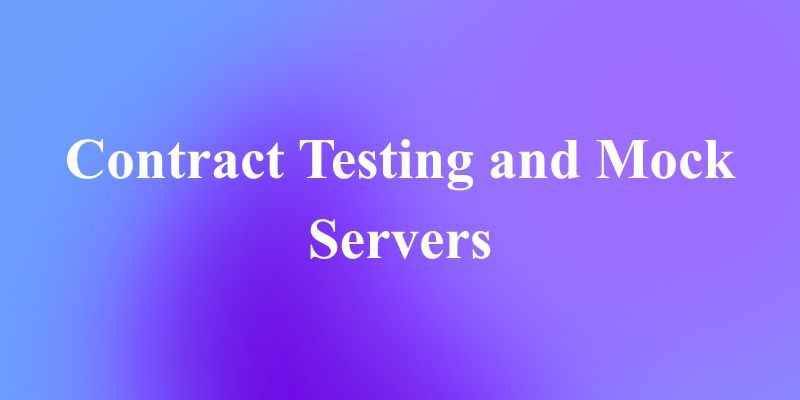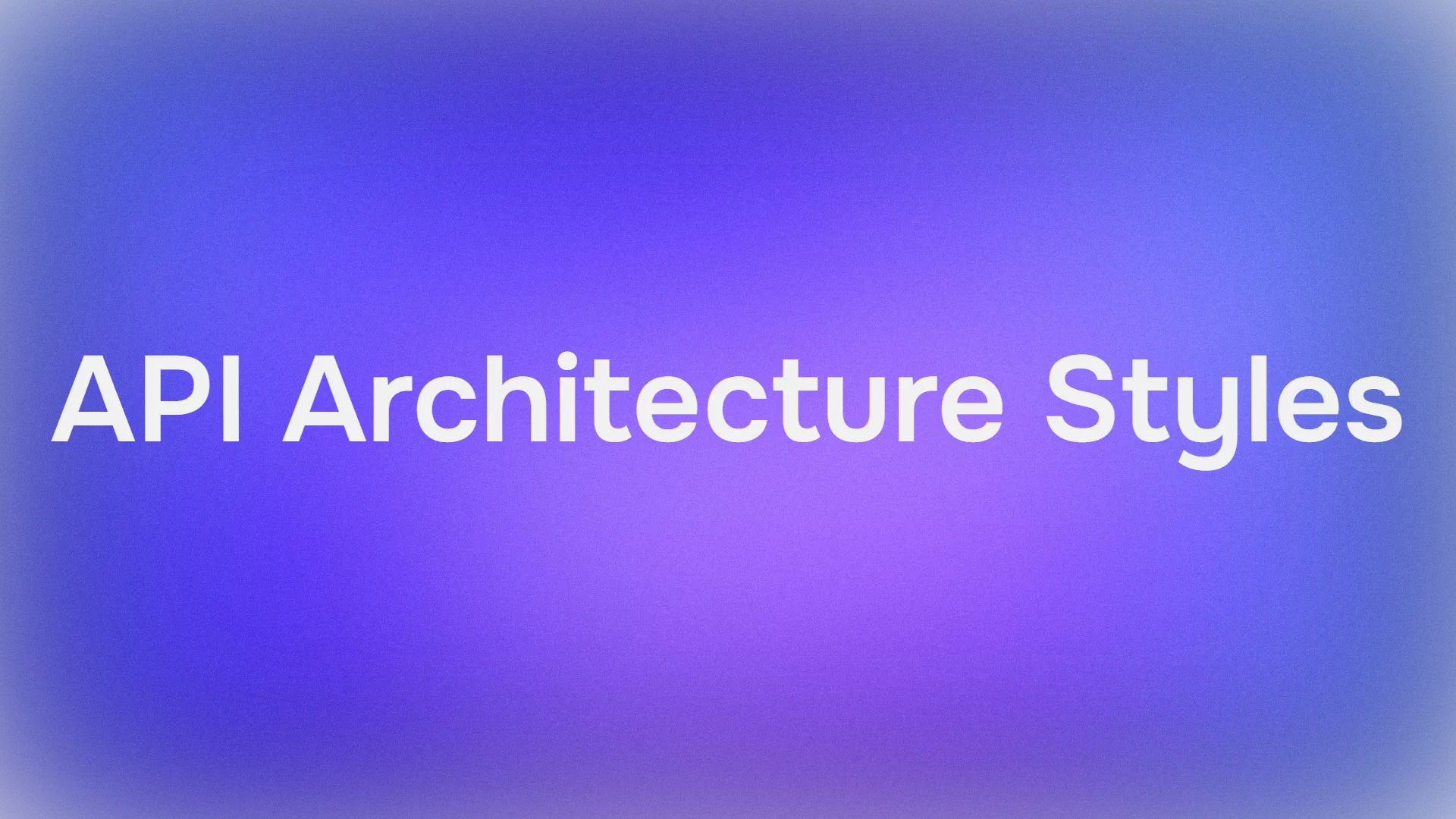The Dream 7B model, developed by the University of Hong Kong's NLP team in collaboration with Huawei Noah's Ark Lab, represents a groundbreaking advancement in language model technology. Utilizing a diffusion-based approach to text generation instead of the traditional autoregressive methods, Dream 7B introduces new possibilities for more coherent, flexible, and powerful language processing.
This API tool lets you test and debug your model’s endpoints effortlessly. Download Apidog for free today and streamline your workflow as you explore Mistral Small 3.1’s capabilities!
Understanding the Dream 7B Architecture
Dream 7B (where "Dream" stands for Diffusion REAsoning Model) is a 7-billion-parameter language model that leverages discrete diffusion modeling for text generation. Unlike conventional autoregressive models like GPT or LLaMA that generate text sequentially from left to right, Dream 7B dynamically refines the full sequence in parallel, starting from a fully noised state.
This fundamental architectural difference enables Dream 7B to process bidirectional contextual information more efficiently, resulting in improved coherence and reasoning capabilities. The model was initialized with weights from Qwen2.5 7B and trained on approximately 580 billion tokens sourced from datasets like Dolma v1.7, OpenCoder, and DCLM-Baseline.
How Dream 7B Outperforms Traditional Models
The Dream 7B model demonstrates several significant advantages over traditional autoregressive language models:
- Bidirectional context modeling: By refining the entire sequence simultaneously, Dream 7B can better integrate information from both directions, enhancing global coherence.
- Stronger planning abilities: Evaluation on complex tasks shows that Dream 7B significantly outperforms similar-sized autoregressive models in problems that require planning and constraint satisfaction.
- Flexible generation control: The diffusion-based architecture allows for arbitrary order text generation, enabling more diverse applications including text completion, infilling, and controlled generation.
- Adjustable quality-speed trade-off: Users can dynamically control the number of diffusion steps to balance between generation quality and computational efficiency.
Dream 7B Performance in Benchmark Testing

The Dream 7B model has undergone extensive evaluation across various benchmarks, consistently demonstrating competitive performance compared to leading autoregressive models of similar size. In general language tasks, mathematical reasoning, and code generation, Dream 7B matches or exceeds the capabilities of top-tier models like LLaMA3 8B and Qwen2.5 7B.

Most notably, in planning-intensive tasks such as Countdown and Sudoku, Dream 7B significantly outperforms similarly sized models and sometimes even approaches the performance of much larger models like DeepSeek V3 671B. This highlights the model's exceptional reasoning abilities when dealing with complex constraints and objectives.

Training Innovations Behind Dream 7B
The development of Dream 7B incorporated several key innovations that contributed to its exceptional performance:
Autoregressive Weight Initialization
Rather than training from scratch, the Dream 7B team initialized the model using weights from the Qwen2.5 7B autoregressive model. This approach provided a strong foundation of language understanding, significantly reducing the training time and resources required. Careful learning rate selection was crucial to preserve the valuable knowledge from the initialization while enabling effective diffusion training.
Context-adaptive Token-level Noise Rescheduling
A novel technique introduced in Dream 7B is the context-adaptive token-level noise rescheduling mechanism. This approach dynamically reassigns the noise level for each token based on its contextual information, providing more precise guidance for the learning process. Unlike previous diffusion training approaches that applied uniform noise levels across entire sentences, Dream 7B's more granular approach leads to more effective learning.
Practical Applications of Dream 7B Model
The Dream 7B model's unique capabilities enable a variety of practical applications that traditional autoregressive models struggle with:
Flexible Text Completion and Infilling
Dream 7B can generate text in arbitrary orders, making it particularly effective for tasks like filling in gaps in existing content or completing text with specific constraints. The model can even be instructed to generate text that ends with an exact target sentence, demonstrating its bidirectional understanding capabilities.
Controlled Generation Order
Users can adjust Dream 7B's decoding behavior to suit different tasks, from more traditional left-to-right generation to fully random-order generation. This flexibility makes the model adaptable to various application requirements.
Quality-Speed Optimization
The ability to adjust the number of diffusion steps provides a unique advantage for real-world applications. Users can choose fewer steps for faster, draft-quality outputs or more steps for higher-quality results, enabling dynamic resource allocation based on specific needs.
Dream 7B Supervised Fine-tuning
To enhance its alignment with user instructions, the Dream 7B team performed supervised fine-tuning using a curated dataset of 1.8 million instruction pairs from Tulu 3 and SmolLM2. After three epochs of fine-tuning, Dream 7B demonstrated strong performance in following user instructions, comparable to autoregressive models.
The resulting model, Dream-v0-Instruct-7B, is publicly available alongside the base model (Dream-v0-Base-7B) for researchers and practitioners to experiment with and build upon.
Technical Requirements for Running Dream 7B
Implementing Dream 7B requires specific technical configurations:
- GPU with at least 20GB memory
- Transformers library (version 4.46.2)
- PyTorch (version 2.5.1) with SdpaAttention support
The model supports various parameters for generation control, including:
steps: Controls diffusion timesteps (fewer steps yield faster but coarser results)temperature: Modulates next token probabilities (lower values for more accurate results, higher for more diversity)top_pandtop_k: Control the diversity of generationalg: Determines the remasking strategy in diffusion sampling
Future Directions for Dream 7B Technology
The success of Dream 7B opens up numerous possibilities for the future development of diffusion-based language models:
- Further scaling: Following the impressive performance at 7B parameters, scaling to larger sizes could potentially challenge the dominance of current top-tier autoregressive models.
- Advanced post-training techniques: The team plans to explore more sophisticated alignment and instruction-tuning methods specifically designed for diffusion language models.
- Specialized applications: The unique planning abilities and flexible inference of Dream 7B make it promising for applications in areas like embodied AI, autonomous agents, and long-horizon decision-making systems.
- Multimodal extensions: The parallel processing nature of diffusion models could potentially be extended to handle multiple modalities simultaneously.
Conclusion: The Promise of Dream 7B in the AI Landscape
Dream 7B represents a significant milestone in the evolution of language models, demonstrating that diffusion-based approaches can match or exceed traditional autoregressive methods while offering unique advantages in flexibility and reasoning capabilities.
As the field of artificial intelligence continues to evolve, models like Dream 7B challenge the conventional wisdom that autoregressive architectures are the optimal approach for language modeling. The impressive performance and unique capabilities of Dream 7B suggest that diffusion-based language models could play an increasingly important role in the next generation of AI systems.
By providing both the model weights and implementation code as open-source resources, the Dream 7B team enables broader experimentation and innovation in this promising direction, potentially accelerating the development of more capable, flexible, and efficient language models in the future.



